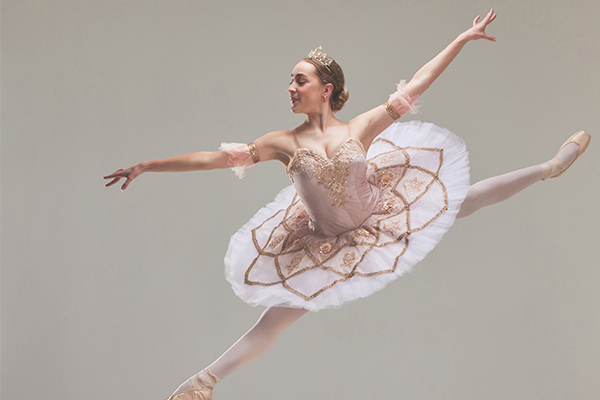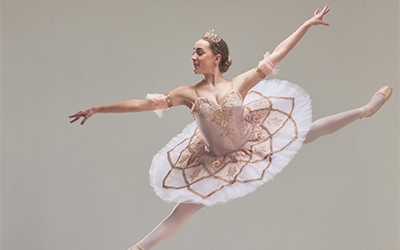
Dance can appear to be effortless, yet requires a tremendous amount of endurance, stamina, strength, and flexibility. Dancers worldwide can experience chronic hip pain. Dance injuries are often difficult to diagnose due to overlapping signs and symptoms.
Dancers are a special breed of athletes that are susceptible to hip injuries. The demands on their bodies are unique, as they often train, perform, and travel all over the place. A dancer's injuries happen because they don't take time to recover from all this stress on their muscles and joints. Movements push the range of motion of their hips to the extreme.
They must be flexible for turnouts, leaps, or grand battements and absorb dramatic forces from leaps and jumps. All this while maintaining impressive limb control and stability of their support and gesture limbs over sustained periods.
Watch Out for these Common Hip injuries in Dance:
- Hip Impingement: Hip impingement occurs when the hip ball pinches against the hip cup, damaging the cartilage. This can lead to a deep ache in the anterior groin, night pain, clicking, and catching.
- Snapping Hip: This painful syndrome can have a clicking sound, accompanied by a snapping sensation when moving the hip. Snapping hip is often caused by muscle tendons inflamed from overuse, leading to click when rubbing over the hip socket.
- Labral Tears: Labral tears are one of the more common diagnoses of hip pain, especially in dance. Extreme motion ranges, especially those involving twisting and rotation, can cause a labral tear. Symptoms can vary but usually include pain in the groin, pinching, catching, or grating feeling in the hip.
- Hip Flexor Tendonitis: Overuse of the hip joint and surrounding muscles can evolve into hip flexor tendonitis. These tendons may inflame from landing or falling incorrectly, resulting in hip flexor tendonitis. This pain can present as dull pain, or as a deep burning sensation.
- Hip Bursitis: With repetitive stress on the hip, the bursa will become inflamed. Dancers usually experience pain over the side of the hip that travels down the thigh and possibly to the knee. Often the pain will increase while sleeping, climbing stairs, or getting up from a chair, and increased pain from standing or walking for long periods.
Overuse injuries of the hips are the most common among ballet dancers, who perfect their skills by practicing them repeatedly. Intensive training for many dancers leaves no time to recover between the sessions, as there is not an "offseason." Proper training and strengthening of muscles specific to the demands of the genre of dance can improve targeted prevention of injury and rehabilitation of dancers.
Dr. Srino Bharam is a board-certified, fellowship-trained sports medicine orthopedic surgeon and professor of orthopedic surgery specializing in the treatment of athletic injuries of the hip and groin. Dr. Bharam has over 20 years of experience in treating injuries and conditions of the hip with the goal of restoring athletes and patients to an active lifestyle.












